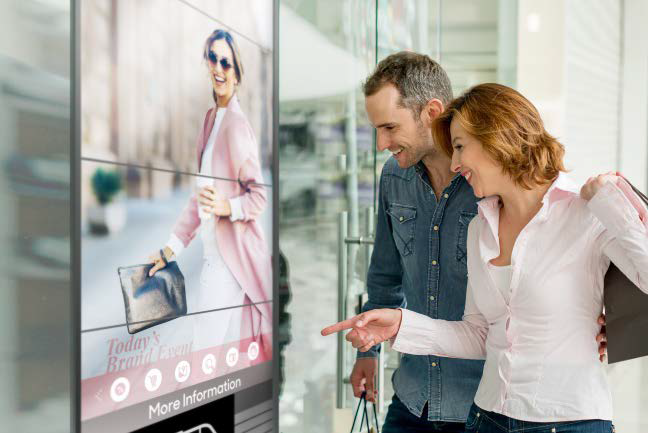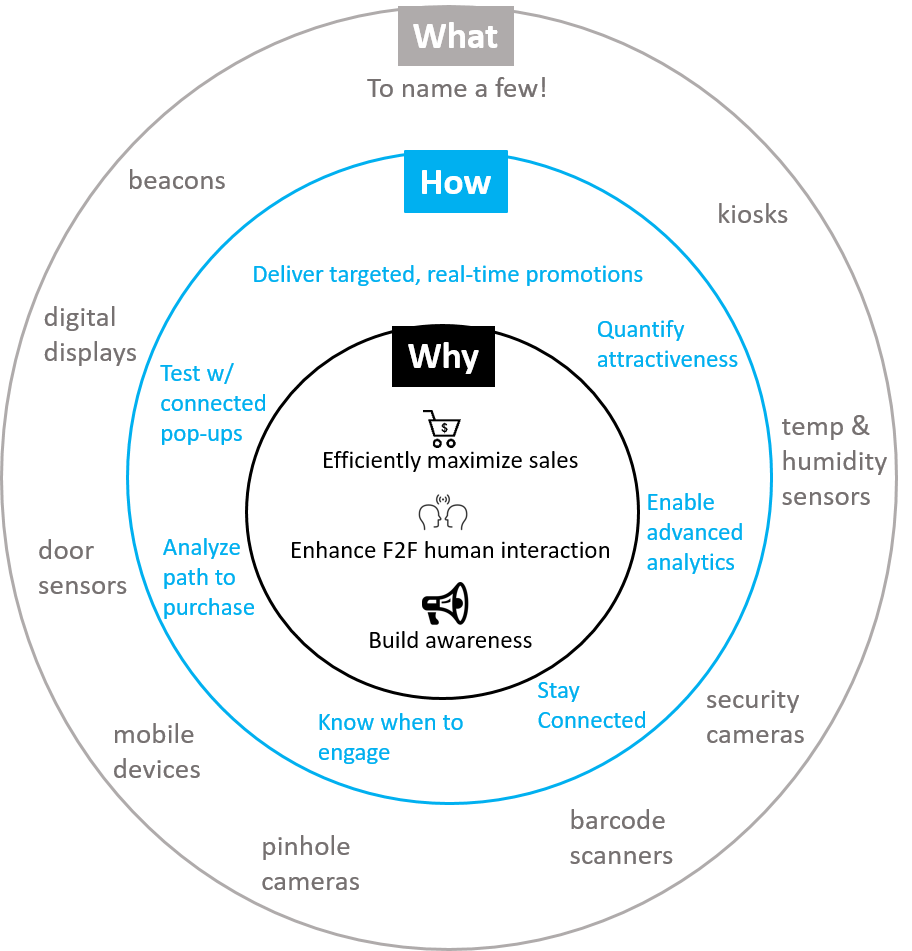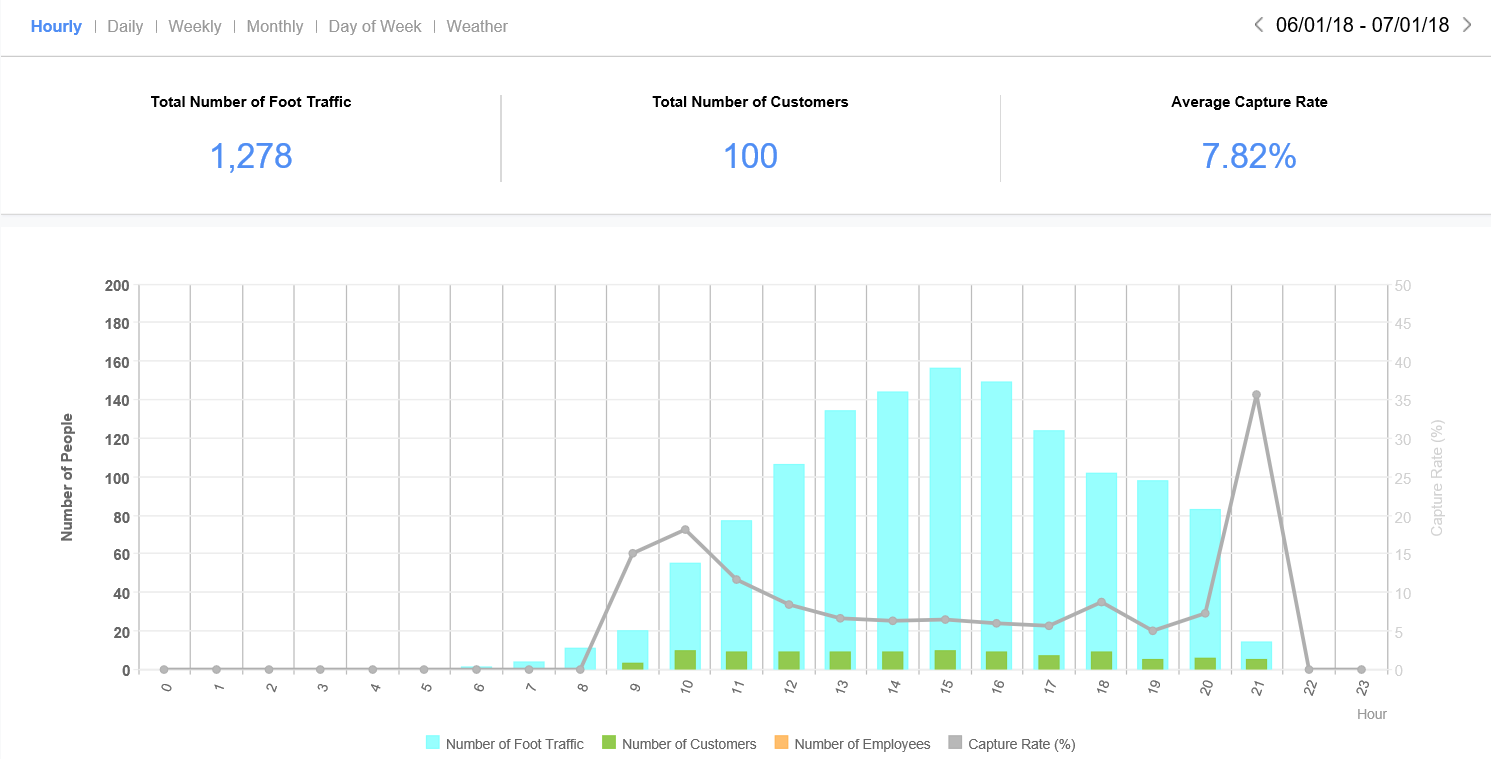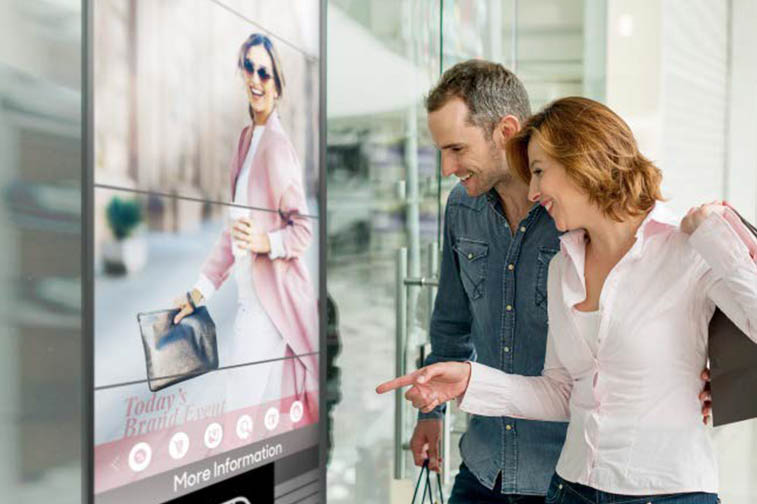
Data-driven decision making has a profound impact on a retail business. Understanding real world data and processing it in a timely fashion is the difference between dominating a market or lagging behind the curve in digital transformation. In truth, not everyone in the retail sector understands the specific whats, hows, and whys that enable data-driven decision-making in retail.
IoT (Internet of Things) is one of the major components of making data driven decision-making in retail possible and adoption is growing fast. In fact, Statista projected the IoT U.S. retail market will grow to $11.26 Billion USD by 2025. In this piece, I review the IoT devices commonly found in retail to acclimate you with the “whats” and then dive into 7 benefits of IoT in retail to help you better understand the “hows” and, most importantly, the “whys”.

Which IoT devices are found in retail & what do they do?
Let’s start by looking at what IoT devices are and their role in retail. In short, an IoT device connects to the internet and captures and transmits data while interacting with the environment in near real-time. Examples of IoT devices commonly found in retail environments include temperature & humidity sensors, cameras, barcode scanners, door sensors, and more. These devices generate a wealth of data insights, such as, product touch, and sales lift, from analytics and processing by business intelligence (BI) software.
Consider this scenario: an IoT camera tracks foot traffic into a store, and facial recognition software determines the demographic makeup of people who visit the display. IoT devices have gained significant popularity retail because they are a cost-effective way to amass a wealth of data about customers, products, and promotions. This data enables better strategic decisions to create demand that increases foot traffic, basket size, and revenue per square footage in your retail store. For a deeper dive into IoT and big data in general, check out chapter 5 in our Big Data Series.
7 benefits of IoT in Retail
Now that you understand conceptually that IoT captures customer data in near real time for quick processing, we’ll dive into some of the specific ways businesses use IoT to enhance their brick-and-mortar retail operations.
1. Deliver targeted, real-time promotions to customers
IoT devices can significantly enhance a customer’s digital experience inside and even outside of a brick-and-mortar location. For example, IoT sensors identify which specific products interest customers, then targeted promotions trigger digital content on signage or mobile devices. Similarly, IoT-enabled digital signage and kiosks use facial analysis in conjunction with pinhole cameras to display engaging and targeted messaging defined by a set of rules.
2. Measure the attractiveness of your storefront
The attractiveness of your storefront drives how many people actually decide to enter the shop. In fact, retailers can assess their “attractiveness score” by simply following the conversion ratio. IoT-enabled cameras and sensors near storefronts and doors provide a reliable way to automate people counting. Then, by comparing the data from different storefront configurations and displays, you gain valuable insights as to what drives traffic from the street and into your store.
For instance, create metrics to quantify your store’s attractiveness, such as the conversion capture rate.

Once you obtain the initial baseline, compare future campaigns messaging to continuously assess and improve your performance.

Capture the right audience, target new segments and grow their interest level.

3. Enhanced visibility into the customer’s path to purchase
IoT sensors even track their eventual path to purchase within the space. “Heat maps” show the most heavily trafficked areas, and “dwell time”, the time a customer spends in a specific location, measures what’s catching their attention. As you identify dwell time patterns, and piece together the consumer path to purchase, you develop responses to convert more sales (for example by pushing a specific promotion to a customer or mobilizing a sales rep with useful information).
Similarly, by mapping out traffic within your store, you get an idea of what promotions work to capture customer attention, what promotions get ignored, and the areas of highest visibility for messaging.
4. Know when to engage a customer
Related to the customer in-store journey, IoT solutions allow you to better understand when to engage with a customer. By tracking customer behavior, store staff begins to sense the best time to engage with them. This is as simple as having a salesperson walk over and learn how customers need help. After a given amount of dwell time or a more advanced approach, IoT systems provide specific information to assist customers or employees delivered through strategically placed digital signage, tablets, mobile devices, or salespeople.
5. Create readiness for testing or seasonality with Connected Pop-ups

Pop-up stores are a hot trend in the retail industry. They typically launch in less than 90 days from inception to execution and replicate quickly. However, if executed poorly, pop-ups can leave opportunity on the table and result in millions of dollars of wasted time and resources.
As The Atlantic pointed out, big brands often leverage temporary pop-ups to collect useful data for their programs and new launches. Connected pop-ups allow companies to create a consistent, positive customer experiences at every customer touch point. IoT plays a central role in enabling connected pop-ups to quickly assess and make changes daily with a flexible design and cloud-managed platform. Further, they provide all-important quantifiable data to assess the effectiveness of marketing programs and product-market fit.
6. Stay connected
Here is an opportunity to make sure every impression is the highest value a store can offer. If a person walks into your store and doesn’t purchase, the store should have all the tools to develop that interest further. Being able to connect on a personal, one-to-one basis is what consumers are looking for. They want a personal touch that’s helpful and authentic. A positive instore-experience compels consumers to follow-up even if they didn’t buy. Most likely, they will revisit the product that piqued their interest, whether in-store or online.
IoT devices are the engines behind many ‘wow factor’ experiences which drives customers to voluntarily participate in the activation. It’s important to stay connected with these potential customers and learn from them. By leveraging IoT, you enable workflows that identify an individual shopper’s interest so that brands follow up with them using surveys, social media, targeted promotions or mobile technologies. Well-developed strategies create additional touch points, opening the door for valuable feedback on ways you can improve.
7. Enable advanced analytics
Business Intelligence and retail analytics software thrive from the wealth of data processed by IoT. Using the right software solution, like Samsung Nexshop Behavior Sensing, retailers transform this data into useful information that drives business forward. By building a holistic solution that focuses on the customer experience and measuring engagement, IoT and analytics allow retail management to better implement marketing, training, inventory management, and sales strategies based on actionable real-world data and objective insights. It’s like having a localized retail consultant giving you their best recommendations for improvements every day in every market area.
Takeaways
As you have seen, there is no shortage of use cases for IoT in retail. My big picture takeaways?
- IoT-enabled insights go beyond ‘gut feel’ to drive better retail decision-making, efficiently maximizing sales for existing programs and brand new launches.
- To make the shopping experience more enjoyable, it is more important than ever for physical stores to integrate technology to enhance human, face-to-face interactions. IoT is instrumental to learning buyer behavior and preferences. In order to positiviely increase customer service, the staff needs to understand how to engage before, during, and after the in-store experience.
- Building brand awareness improves customer sentiment and increases the chances of success for new launches. Brands with a strong following cut through the clutter of competition by standing out. IoT enables you to understand your target user segments, develop a social presence, and creates an authentic connection to your customers.
Coming up with the right solution to meet the needs of your unique use case is one of the most important pieces of the puzzle. For more on how IoT can drive your retail business forward or to discuss your unique needs, contact Samsung SDS today.

Joseph Warner is the lead Solutions Architect for Samsung SDS America's retail customer experience technology.
- 3 steps to optimizing the car dealership showroom experience
- How to enhance modern dealership operations: Inventory, staffing, and showroom management
- Reducing costs with affordable and resourceful mPOS
- Improving the user experience with mPOS
- Mobile point-of-sale systems: How they streamline the user experience & maximize ROI
- Making inroads into QSR digital transformation
